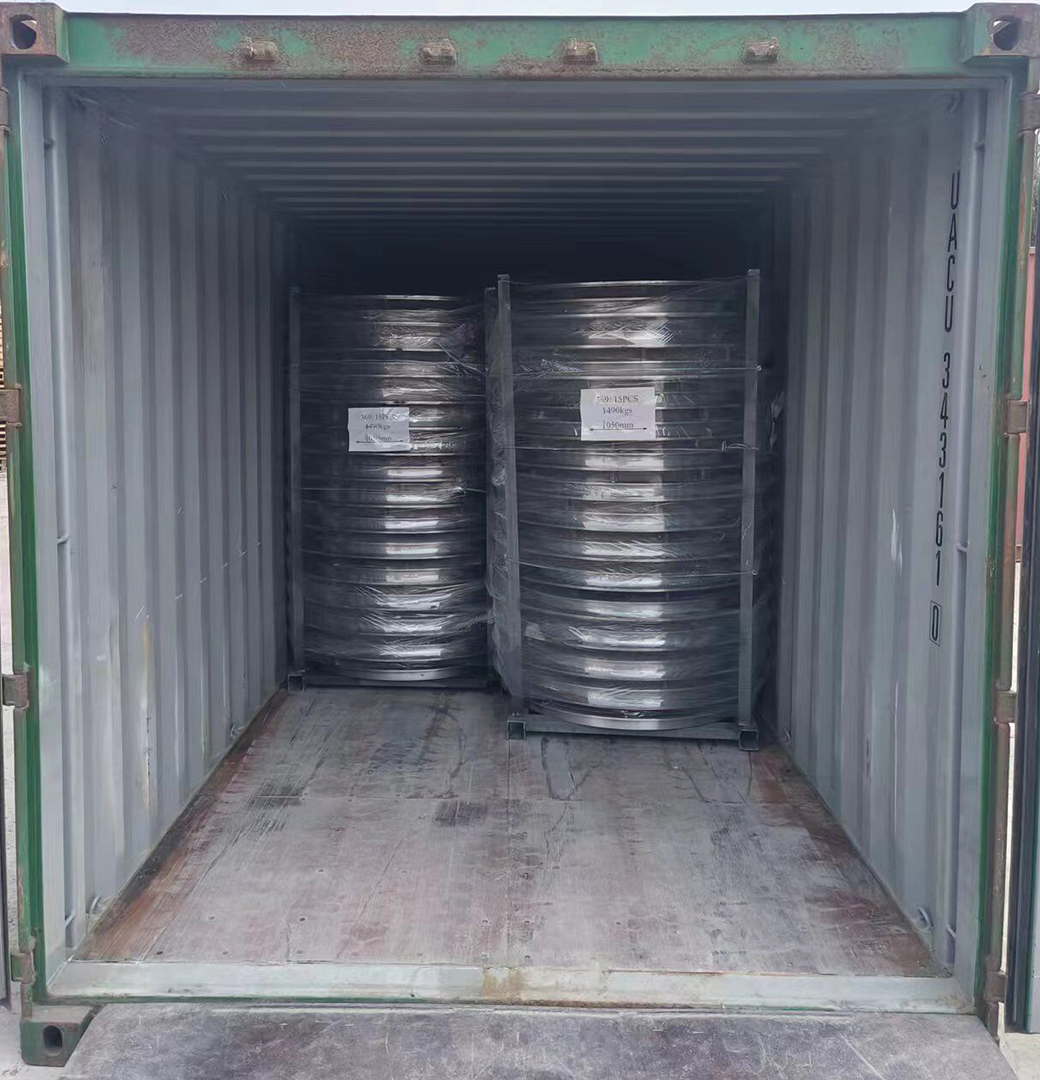Νοέ . 08, 2024 13:53 Back to list
Tailored Sand Casting Solutions for Unique Design and Performance Needs
The Art and Innovation of Custom Sand Casting
Custom sand casting is a fascinating and essential manufacturing process that plays a critical role in the production of parts and components across various industries. This traditional method has evolved uniquely over the years, melding age-old craftsmanship with modern technological advancements to meet the diverse demands of contemporary markets. In this article, we will explore the intricacies of custom sand casting, its advantages, applications, and some innovative trends that are shaping the future of the industry.
What is Sand Casting?
Sand casting, also known as sand mold casting, is a metal casting process characterized by the use of sand as the primary mold material. The process involves creating a mold by packing sand around a pattern that shapes the desired part. Once the mold is formed, molten metal is poured into the cavity created by the pattern and allowed to solidify. After cooling, the sand is removed to reveal the finished cast part.
Custom sand casting specifically refers to the tailored application of this method to create unique parts designed for specific applications or to precise customer specifications. This customization can cater to various industries, including automotive, aerospace, military, and artistic applications.
Advantages of Custom Sand Casting
One of the most significant advantages of custom sand casting is its versatility. It can accommodate a broad range of metals including aluminum, iron, and bronze, making it suitable for various applications. Additionally, custom sand casting allows for intricate designs and complex geometries, which can be challenging to achieve with other manufacturing processes.
Another benefit is the cost-effectiveness of producing low to medium quantities of custom parts. Unlike other manufacturing techniques that often require expensive tooling and setup, sand casting can be executed with lower initial costs, making it an attractive option for custom one-off parts or limited production runs.
Furthermore, the process is highly scalable. Manufacturers can produce small intricate designs or larger components with relative ease – making it suitable for a wide range of product sizes and types. The adaptability of the process allows for manufacturing in different scales without extensive reconfiguration.
custom sand casting

Applications of Custom Sand Casting
The applications of custom sand casting are vast and varied. In the automotive industry, it is used to produce engine blocks, transmission housings, and various other components that require robust strength and durability. The aerospace sector also benefits from sand casting, utilizing this method for producing lightweight yet strong components such as brackets, housings, and support structures.
Artistic applications are also noteworthy. Many artisans and sculptors utilize custom sand casting to create intricate sculptures and bespoke artistic pieces. The ability to replicate detailed designs makes this process an invaluable tool for artists looking to bring their visions to life.
Innovations and Trends
As technology progresses, the custom sand casting industry continues to evolve. One significant trend is the integration of computer-aided design (CAD) and computer-aided manufacturing (CAM) software. This technology allows for higher precision in the design phase, enabling engineers to create complex parts with ease. The result is an increased level of customization and versatility that is revolutionizing the way parts are designed and manufactured.
Additionally, advancements in 3D printing are making waves in sand casting. 3D-printed sand molds are increasingly being used, allowing for rapid prototyping and faster production times. This combination of 3D printing technology with traditional sand casting techniques facilitates the creation of intricate part geometries that would be almost impossible with traditional methods alone.
Moreover, the focus on sustainable practices is becoming more pronounced within the industry. Manufacturers are exploring eco-friendly sand materials and recycling processes that minimize waste and environmental impact. The priorities are shifting towards sustainability, without compromising on the quality or efficiency of production.
Conclusion
Custom sand casting remains a vital process within modern manufacturing, bridging traditional techniques with innovative technologies. Its versatility, cost-effectiveness, and ability to produce complex and customized parts make it indispensable across various industries. As we move forward, the interplay of technology, sustainability, and artistry will continue to shape and enhance the world of custom sand casting, ensuring its place in the manufacturing landscape for years to come.
-
Durable Centrifugally Cast Iron Water Main Pipe
NewsAug.11,2025
-
Centrifugally Cast Iron Water Main Pipes for Reliability
NewsAug.10,2025
-
High-Quality Centrifugally Cast Iron Water Main Pipes
NewsAug.09,2025
-
Durable Cast Iron Water Main Pipe & Drainage Solutions
NewsAug.08,2025
-
Buy Cast Iron Pipe: Premium Ductile Iron & Drain Solutions
NewsAug.07,2025
-
Durable Cast Iron Water Main Pipe | Buy Ductile Pipe
NewsAug.06,2025


